Search
Remove Ads
Advertisement
Search Results
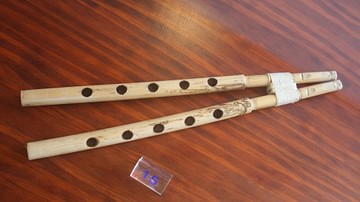
Definition
Aulos
The aulos was a musical wind instrument played by the ancient Greeks. It was also known as the kalamos or libykos lotos, which referred to the material from which part of the instrument was made: respectively, the reed and the Libyan lotus...
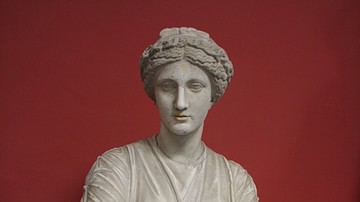
Definition
Muse
In Greek mythology, the nine Muses are goddesses of the various arts such as music, dance, and poetry. Blessed with wonderful artistic talents, they also possess great beauty, grace, and allure. Their gifts of song, dance, and joy helped...

Image
Ancient Egyptian Music and Dancing
This painting from the Tomb of Nebamun (c. 1350 BCE) shows women making music and other almost naked women dancing.
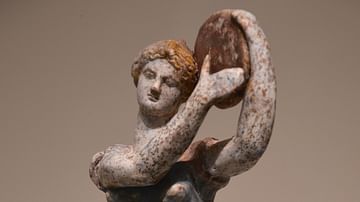
Definition
Tympanon
The tympanon (tympanum in Latin) was the most popular frame-drum in ancient Greek music, producing a loud rumbling sound not far from the sound of the orchestral timpani drums today. This percussion instrument was played mainly by women on...
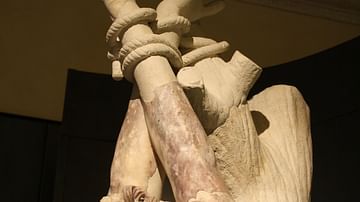
Definition
Marsyas
Marsyas the satyr, or silen, was seen as a mythological founder of aulos playing or a divine judge of it by the ancient Greeks. The way in which his aulos playing enraptured his audience was likened to the way in which Socrates mesmerised...
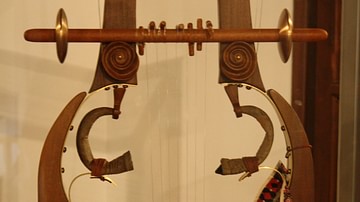
Image
Ancient Greek Kithara
A reconstruction of the ancient Greek stringed instrument. It was associated with the god Apollo, regarded as the most gifted player of the instument and patron of musicians. (Museum of Ancient Greek Musical Instruments, Katakolon, Greece).
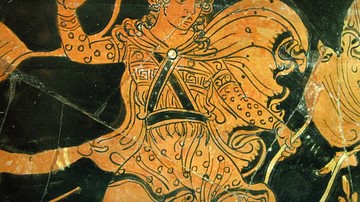
Image
Orpheus
A detail from an Apulian red-figure bell krater by the Pronomos Painter. First quarter of the 4th century BCE. Depicted is Orpheus in Thracian dress defending himself against Maenads(?). (Taranto, Museo Nazionale Archeologico, temporary loan...

Image
Greek Double Aulos
The ancient Greek double aulos (diaulos) consisted of two pipes (auloi) attached at the mouthpiece and sometimes held in place with a leather strap (forveia) to the player's face. The pipes could be of equal length or unequal, the latter...
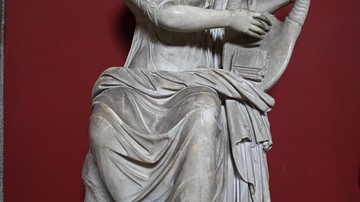
Image
Terpsichore
A Roman sculpture of Terpsichore, the Muse of Dance, playing a lyre, 1st century CE. (Vatican Museums, Rome).
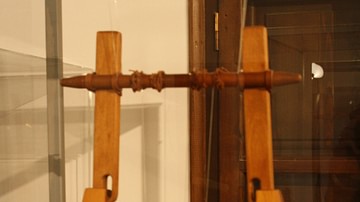
Image
Ancient Greek Forminx
A reconstruction of the forminx, a stringed instrument which was played to a singing accompaniment. (Museum of Ancient Greek Musical Instruments, Katakolon, Greece).